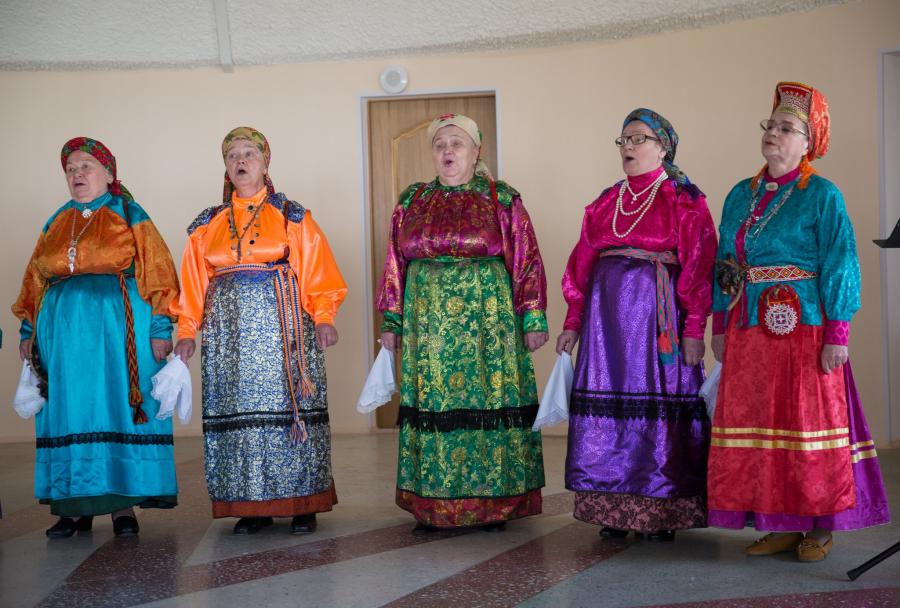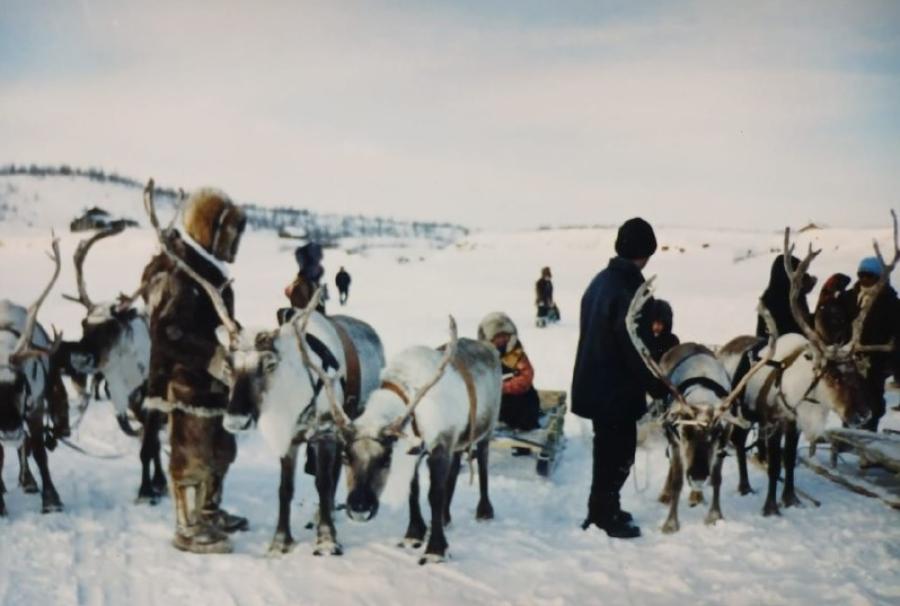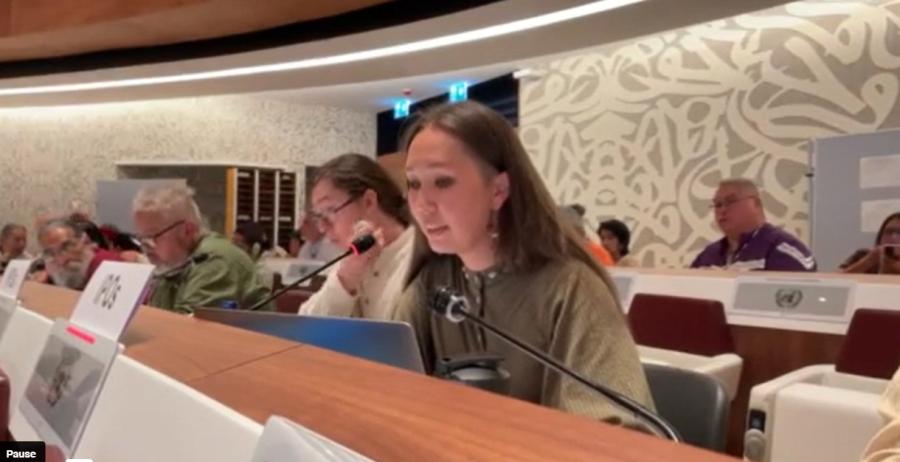Belarus. Ukraine. Moldova. Kyrgyzstan. Russia. New states clamoring for - and receiving - recognition from the community of international states.
It is paradoxical that the very federal system Lenin set up to ensure the viability of the young Soviet Union has torn that state apart. As a compromise to lure Ukraine, Belarus, Georgia, Armenia, and other nations into the young union, Lenin agreed to create a governmental structure based on national homelands, all the while considering national identity as a transitional force. Eventually, he believed, socialism would replace nationalism, and homo Sovieticus would substitute for homo Azeri, homo Tadzhikus, homo Buryatus.
Lenin's scenario - the paradigm of all Soviet leaders since - failed to comprehend the persistence, the tenacity of national identity. And like most states, the Soviet Union saw nationalism only as destructive, failing to realize its creative, conservationist, and other positive forces. Yet 70 years of fostering homo Soveticus took their toll. Of several hundred nations living in the Soviet empire, only 53 were granted some form of territorial autonomy. For these peoples, even de jure rights and privileges varied considerably depending upon their official level of autonomy. At the top of a complex hierarchy was the Soviet Socialist Republic, followed by Autonomous Republics, Automomous Oblasts (provinces), Authomous Okrugs (districts), and National Rayons (regions). Constitutionally, the SSRs had even secede, while district's rights were limited to minor control over local finances and rubber-stamp representation on the Council and Nationalities, one of the two chambers of the Soviet "senate."
In reality, the state severely circumscribed rights at all levels. As Ronald Wixman points out, granting territorial autonomy in itself can restrict as well as expand privileges. Moreover, the Soviet state identified only some 100 peoples as nations or nationalities. Many other peoples essentially lost recognition as distinct groups; more lost the right to use their native language to educate their children or to publish books, newspapers, and magazines. They also lost the right to maintain their own religions, political forms, and economic activities. At the same time, assimilation and the concomitant social malaise - evidenced in high death rates, suicide, alcoholism, domestic abuse - eroded the numbers of several peoples. For example, the Tofa numbered fewer than 600 people by 1970.
More forthright in intent were ethnocidal pogroms directed against selected nations, carried out under Stalin in the guise of security measures. Whole peoples, including Meshkhetian Turks and Crimean Tatars were deported from their homelands. Hundreds of thousands died, and, for the survivors, severe traumas remain.
Nevertheless, the Soviet federal structure - as well as institutions like the requisite internal passport that indicated nationality - apparently fostered and nourished the very identities that state leaders expected would abate. This governmental structure perhaps even created several national identities where none had existed before, as Michael Hall suggests was the case in Uzbekistan. Peoples with territorial autonomy expected de facto realization of rights. Those without territory aspired to delineated homelands, with the attendant prerogatives. And those never recognized as distinct peoples stubbornly refused to disappear - witness the Teleut of south-western Siberia, who repeatedly petitioned the government for recognition.
LAND, RESOURCES AND "MATRIOSHKA NATIONALISM"
Smouldering under a lid of state repression, nationalist sentiments ignited with the oxygen that glasnost breathed into them. These sentiments have fueled both the successful "disunion" - and myriad inter-national conflicts within and across republican lines. Old animostities, restrained in a police state but heightened by years of state policies favoring some nations at the expense of others, now blaze. Kirghiz fight Uzbeks, Armenians fight Azerbaidzhni, Evenks complain of oppression under the Yakuts, and Russians attribute their economic woes in part to state subsidies to periphery nations. With great discomfort, we watch as nationalist Georgians, so recently freed themselves, deny self-determination to other indigenous peoples.
At the core of these struggles is land. Nations increasingly identify the foundations for both cultural and environmental destruction in the alienation of their homelands from their stewardship. Just as the Soviet period wrought cultural damage to encapsulated peoples, so too rapid industrialization wrought severe environmental damage. David Lempert describes the rape of resources from the Yakut-Sakha homeland to fund state activities, an environmental legacy the Yakut people now inherit from the Soviet regime. David Smith demonstrates how the substitution of non-native water management schemes and crops for indigenous ones has caused severe environmental degradation and health problems in Central Asia. Without intimate ties to the land, the Soviet state, and the people it encouraged to relocate, have ruthlessly violated this central resource of any nation. National movements seek to restore control over their homelands, and in doing so, to regain command of their cultural, social, environmental, and economic heritage.
However, natural homeland boundaries are rarely clear - political borders drawn decades ago now speak with authority to some. While Russians lay claim to northern parts of Kazakhstan, based on history and demography, Kazakhs contend that Soviet-drawn boundaries should remain sacrosanct. Armenians and Azeris fight over lines sculpted by Stalin, and Azeris fight over lines sculpted by Stalin, and Tuvans color international relations by claiming parts of both Russian Siberia and Mongolia. Decades of migration and state-sponsored resettlement have tilted the demographic scales in some areas, causing conflicts over political boundaries and loyalties between indigenous and immigrant. Second-generation inhabitants of the Crimean Peninsula, whose Parents were moved in to replace exiled Crimean Tatars, are not interested in giving up their homes, whether sympathetic or otherwise to this people's desire to return home.
Hierarchies of claims to land and resources elicit what Stanford University political scientist Ian Bremmer calls "matrioshka nationalism," referring to the nesting Russian dolls. In eastern Siberia, Evens claim control over their homeland - which falls within the Yakut Republic. Yakuts have issued a declaration of sovereignty over the whole territory designated for them under Soviet rule. Some "Siberiaks" (local Siberians of various national backgrounds, though predominantly Russian) favor secession from Russia and would include Yakutia in their new state. And of course Russians claim the riches of the Even homelands, Yakutia, and indeed all Siberia.
Overlapping claims, years of state favoritism toward some peoples at the expense of others, and the fact that displaced peoples seek repatriation - all suggest that the national confrontations now convulsing the former Soviet Union will not soon disappear. We also may wager that the 15 states born from disunion will multiply through further fragmentation along ethnic lines. Cross-boundary affiliations, such as those of the Kurds and the Central Asians, may play an important part in shaping a future political geography.
Beyond this prediction, many nations, energized by increased freedoms, may enjoy a cultural renaissance. Asen Balikci and Mark Badger give an account of one project aimed at encouraging such revitalization, one of a burgeoning number of efforts. We can expect to see smaller nations of the former Soviet Union joining the network of indigenous peoples' rights organizations and the global move for recognition and self-determination.
As the breakup of the Soviet Union indicates, national conflicts must be resolved, not repressed. Confronted with violent opposition and even disintegration, oppressing states ultimately pay for their activities. They face the moral costs of violating human rights. And we all bear the burden when national conflicts threaten global security. In the most dire cases, where nations face extinction, humanity suffers from a threatened erosion of cultural diversity. We must recognize that national identity and nations are persistent - and harness the power, rather than suffer the consequences, of national differences.
Article copyright Cultural Survival, Inc.



